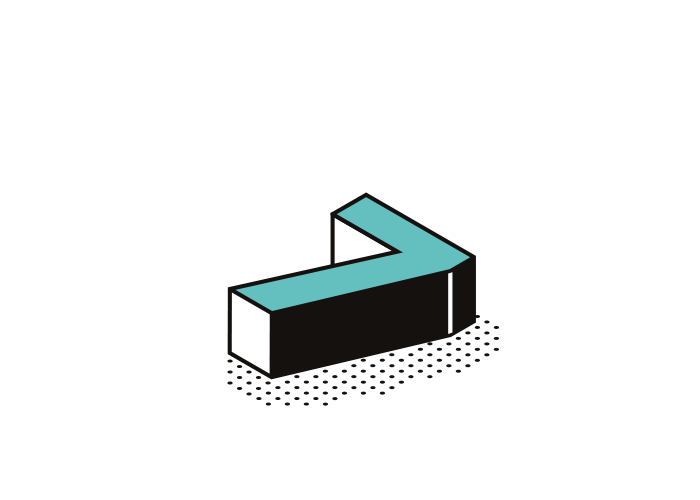From invention to patent
Anyone dealing with the topic of patenting for the first time will realize that the patent application process is iterative and can be time-consuming. If a technical invention is filed for a patent at the German Patent and Trade Mark Office (DPMA), for example, it usually takes several years before a patent is granted. The following typical overview will guide you through the seven decisive phases from invention disclosure to patent grant, as well as accompanying topics such as remuneration for the invention and the life cycle of a granted patent.
Practical tip |
In the run-up to an invention disclosure, we recommend that you carry out an invention check-up. This will give you an overview of which prior art comes closest to your technical solution. Based on this search, we recommend an initial consultation.
|
|
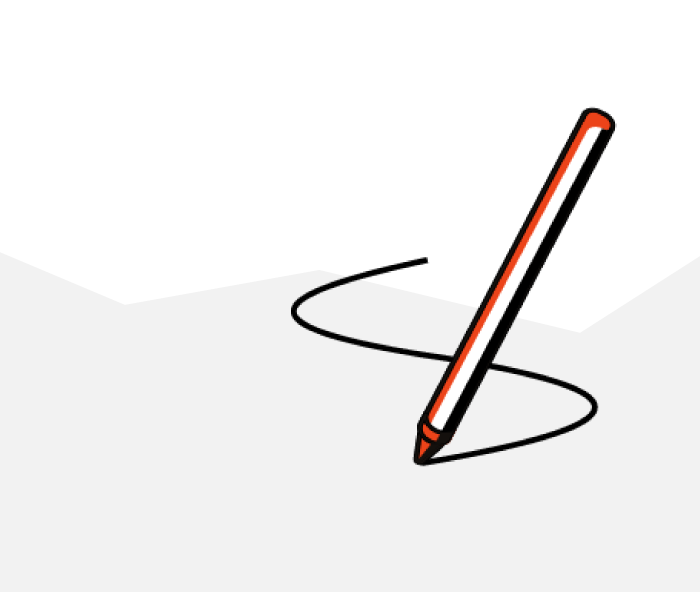
The patent process at a glance
KIT supports the transfer of technology from research to industry and invests annually in the protection of technical inventions and the development of commercially promising patent portfolios.
Take the path to successfully protecting your technical solutions, processes or concepts:
sprungmarken_marker_1902
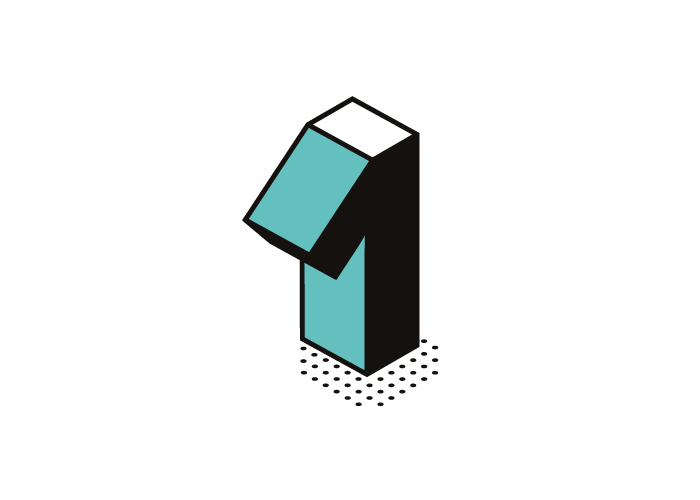
Invention disclosure and evaluation
The starting point for protecting your invention is a fully completed invention disclosure. The KIT's own invention disclosure form and the associated data protection declaration are available for this purpose. Send the documents signed by all inventors to the KIT patent unit responsible for you; receipt of the documents will be confirmed. After the documents received have been checked for completeness, an internal assessment will be carried out to decide whether KIT wishes to apply for a patent for the invention in question in accordance with the statutory regulations for employee inventions (ArbnErfG).
Decision criteria include:
- State of development (TRL) and application
- protectability of the invention (novelty, inventive step and industrial applicability)
- Development and application potential as well as exploitation opportunities
|
|
Caution is advised:It is important that the technical solution to your invention has not yet been published by you, presented to third parties or otherwise made available to the public at this point in time. Contents of an invention disclosure published prior to a patent application are no longer new within the meaning of the patent laws. They can considerably restrict the patentability of an invention disclosure or even prevent it from being granted altogether. Therefore: Patent first, then publish! |
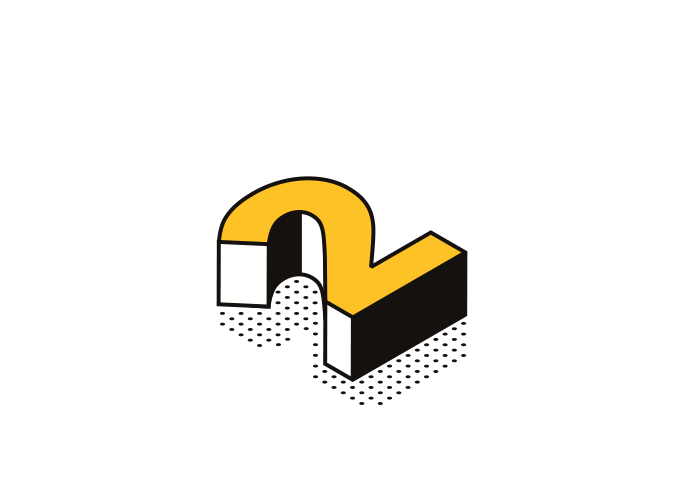
First application
If all requirements for the invention disclosure are met and the KIT decides to file a patent application, a patent application is prepared on this basis and in technical consultation with the inventor community. This is then filed with the patent office in the name and at the expense of KIT (applicant/owner), naming all inventors. The patent application and the subsequent official patent granting procedure are handled exclusively by the KIT patent team. The first filing of an invention as a patent application at a patent office is the first application, also known as a priority application. As a rule, a KIT first filing is submitted to the German Patent and Trademark Office (DPMA).
From the date of first filing, publication of your invention to the extent of the patent application in articles, at conferences etc. can in principle no longer stand in the way of a grant with regard to novelty. Preliminary consultation with the responsible patent professionals is recommended.
Involvement of external patent attorneys
In some cases, external patent attorneys are also commissioned, e.g. in the case of joint applications with companies or if a special field of expertise is involved. The KIT patent team generally commissions external law firms and exchanges within the scope of the patent grant procedure (e.g. responding to examination notices).
Disclosure of the patent application
18 months after the date of the first application for an invention, the application text is published by the Patent Office as a so-called patent application – irrespective of whether a patent has already been granted or not. From this point in time, the patent application is accessible to everyone and is regarded as prior art. As such, it can be cited by you as a publication.
Official examination procedure
With the filing of the first application (priority date) at the Patent Office, the official examination procedure begins - if ordered. After a formal examination, a substantive examination of the application documents submitted is carried out. The invention is examined against the general and relevant prior art with regard to its patentability, i.e. novelty, inventive step and industrial applicability as well as statutory exclusions from patentability.
The result of this examination is communicated to the KIT as the applicant in the form of an official examination notice, together with an official deadline for a response. Responses to the examination notices are always provided by the responsible patent officers in technical consultation with the inventors' association.
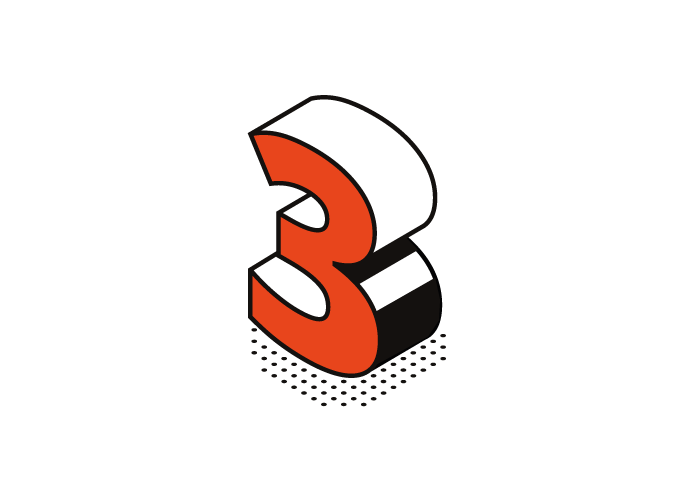
Patent grant
If a version of the patent application is available on the basis of which a patent can be granted by the office, an official decision to grant is issued. If such a grantable version is not possible, an official decision of refusal is issued. If an official decision to grant is not objected to within the admissible opposition period, the patent is granted and officially entered in the relevant patent register. With this entry, the patent takes effect as a prohibition right against potential imitators.
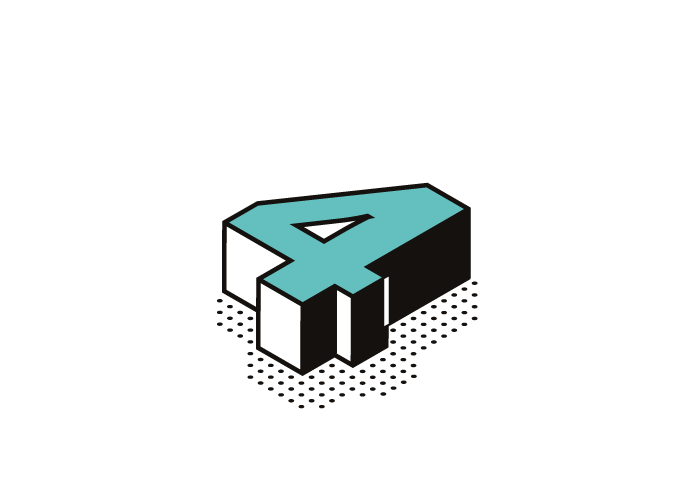
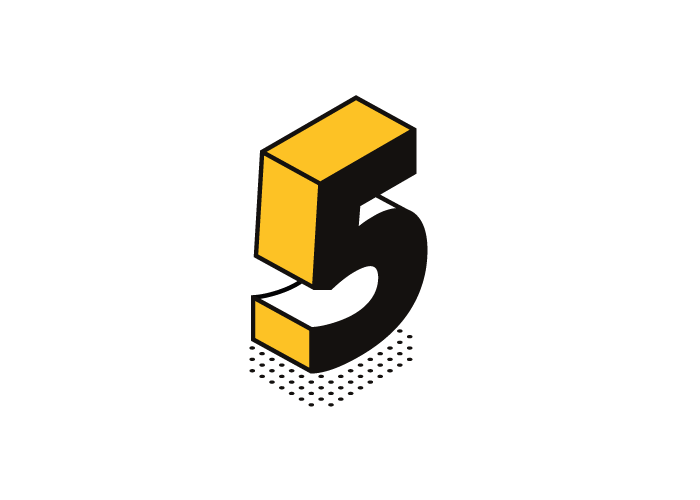
Subsequent applications
Following an initial application, the patent team decides on possible subsequent applications abroad, for example a European (EP) or international (PCT) patent application, in consultation with the institutes or organizational units of the invention community. Subsequent applications must be filed with the relevant patent offices 12 months after the initial application. Extra costs are incurred for each country. The key factor in deciding for or against subsequent applications is the specific expected exploitation prospects in relation to the costs incurred.
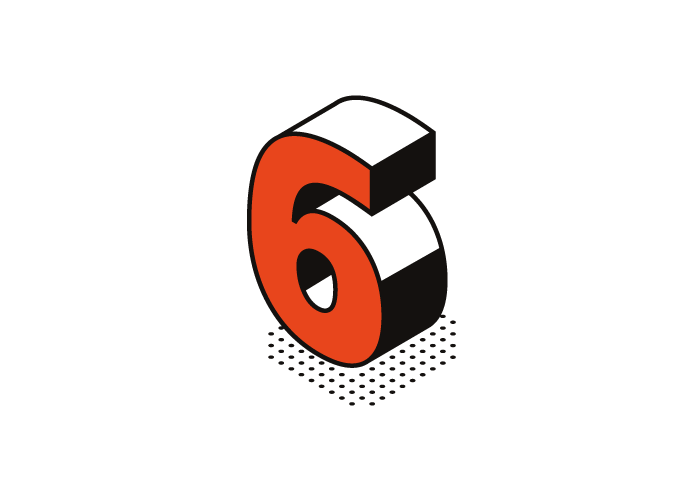
Invention bonus
If your invention has been registered for a patent in the name of KIT and exploitation rights remain with KIT, KIT offers you an invention bonus, operationally via our patent team. Details on the calculation of the invention bonus can be found in the guidelines on technology transfer under the KIT-PAL regulation (chapter 7).
Patent administration
A granted patent has a maximum term of 20 years, starting from the date of filing with the patent office. During this time, we take care of the administration, maintenance and defense of patent applications and patents, including the payment of fees (application and examination fees). At regular intervals, especially when higher patent costs are due for payment, the patent team scrutinizes the maintenance of a patent application or patent. The development status, exploitation prospects and any feedback from industry are also taken into account.
